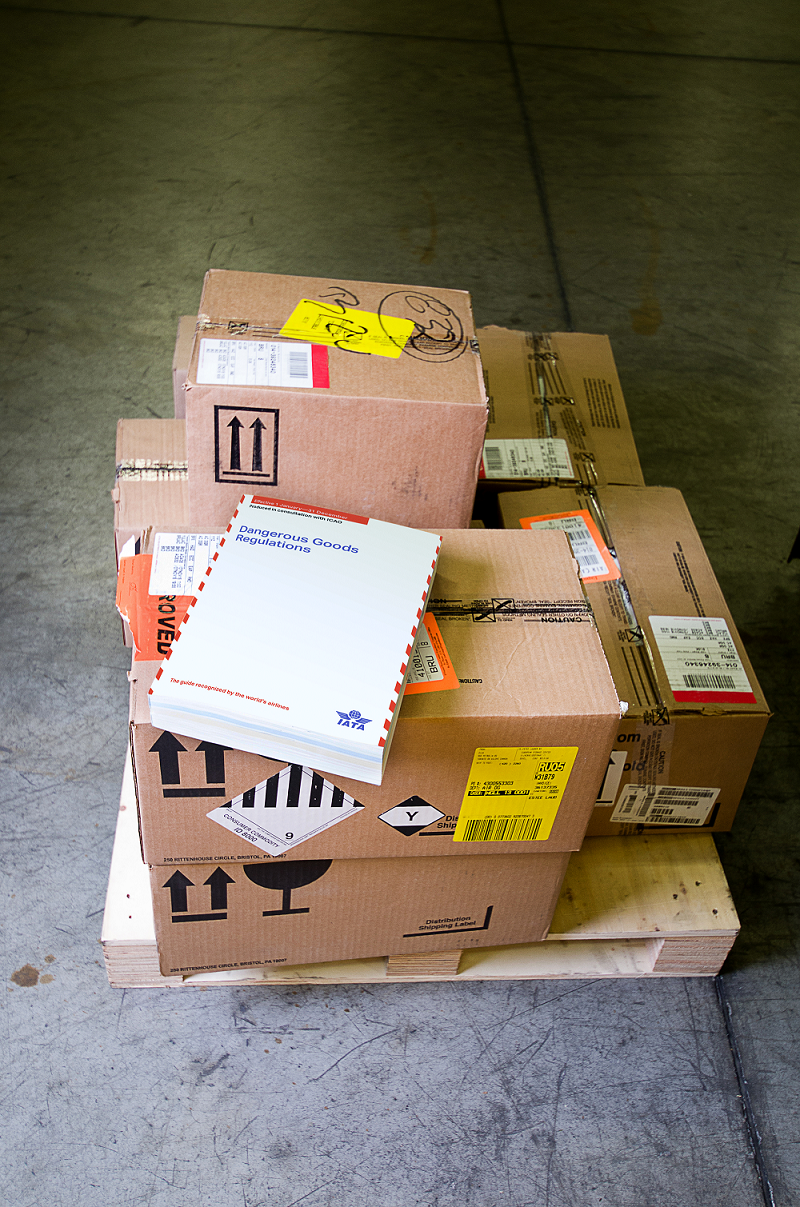Anybody in the air cargo chain would agree on this basic guiding principle: safety always comes first. That includes safety for the ground handlers, freight forwarders, airline employees, and indeed every single person and process that gets a package from point A to point B. And though the International Air Transport Association (IATA)’s Dangerous Good Regulations (DGR) is widely considered the global standard for the transport of dangerous goods by air, it is still surprising to know that some are not using the most recent edition of this manual. Risking that something goes wrong due to a misunderstanding of an older regulation or an application of obsolete facilitation procedures is never worth taking that chance.
David Brennan,Assistant Director of Cargo Safety and Standards at the International Air Transport Association explains: “Things change faster than every two years. Sometimes significantly. That includes in the regulations behind the handling of dangerous goods. So unless you are working with the most current edition, you cannot be sure you are as safe and compliant as you need to be.”
The major changes in the 2020 DGR include aspects of movement of certain goods, application of marks, composite packaging and competency-based training. Furthermore, there is an important appendix that lists impending changes to help industry plan for changes coming into effect the following year (January 2021), sourced from UN Subcommittees of Experts and the ICAO DGR panel. Further details on the significant changes can be found here.
It is critically important to always use the most up-to-date regulations in the air transportation of dangerous goods. It is the only way to ensure compliance, and it is good for your business to do it properly.












